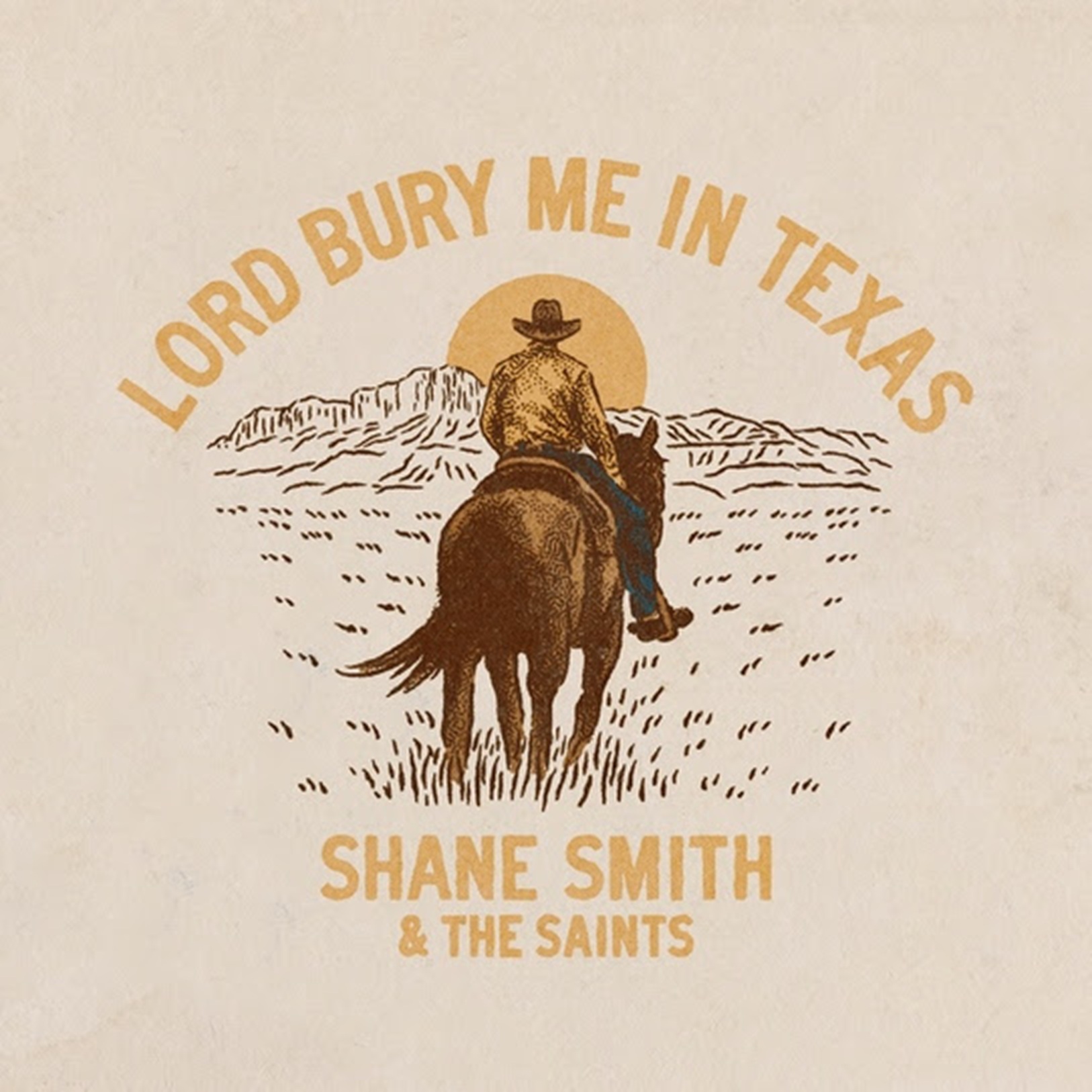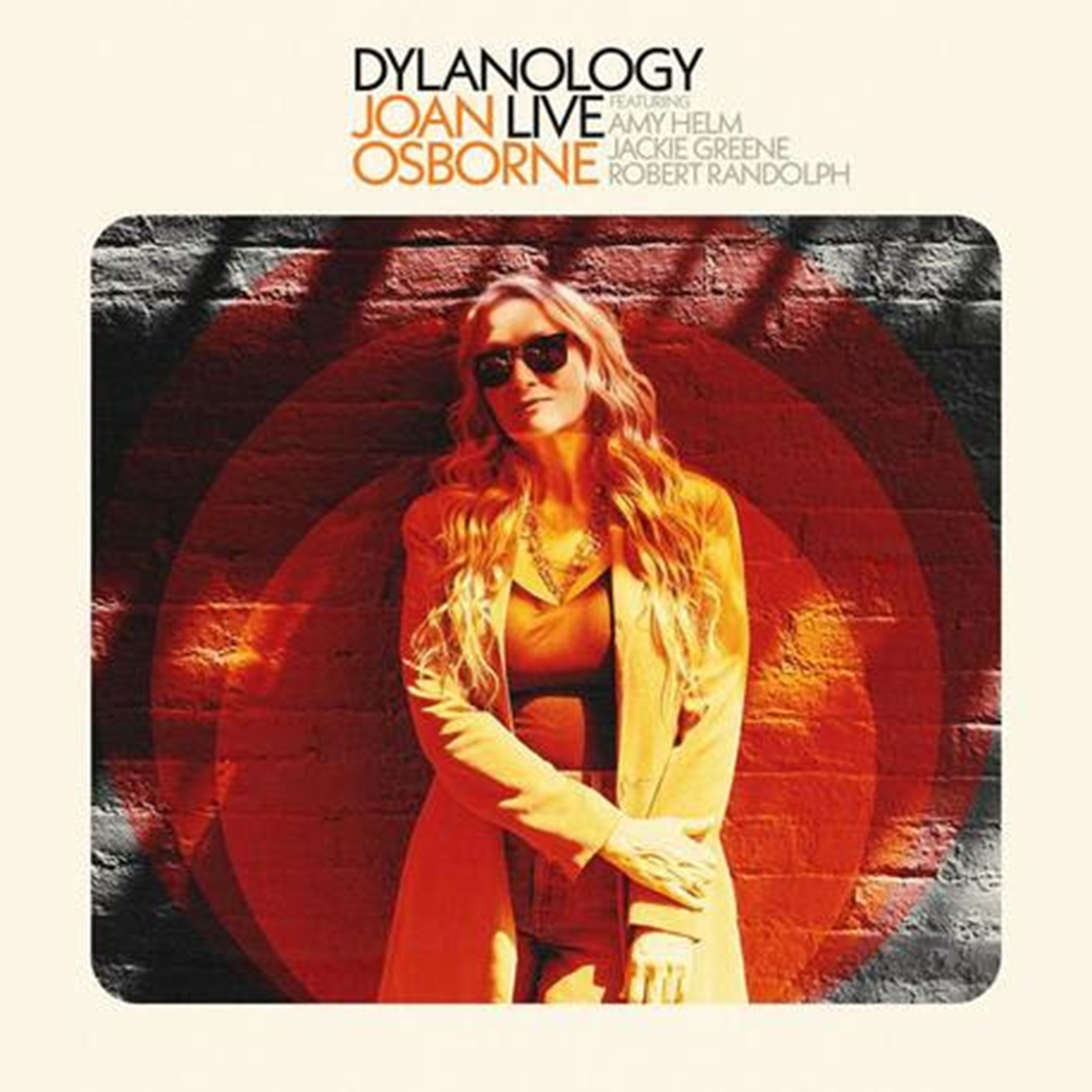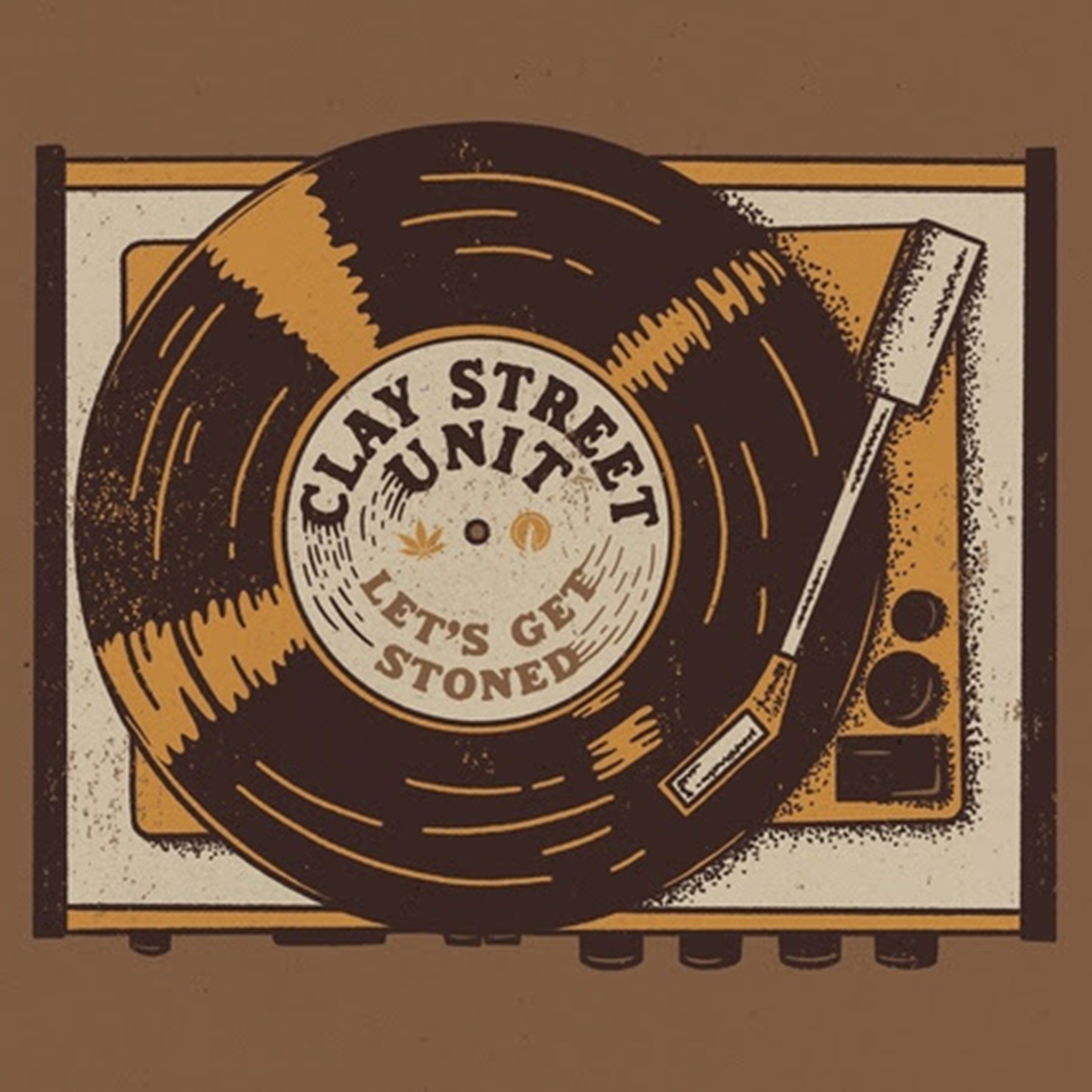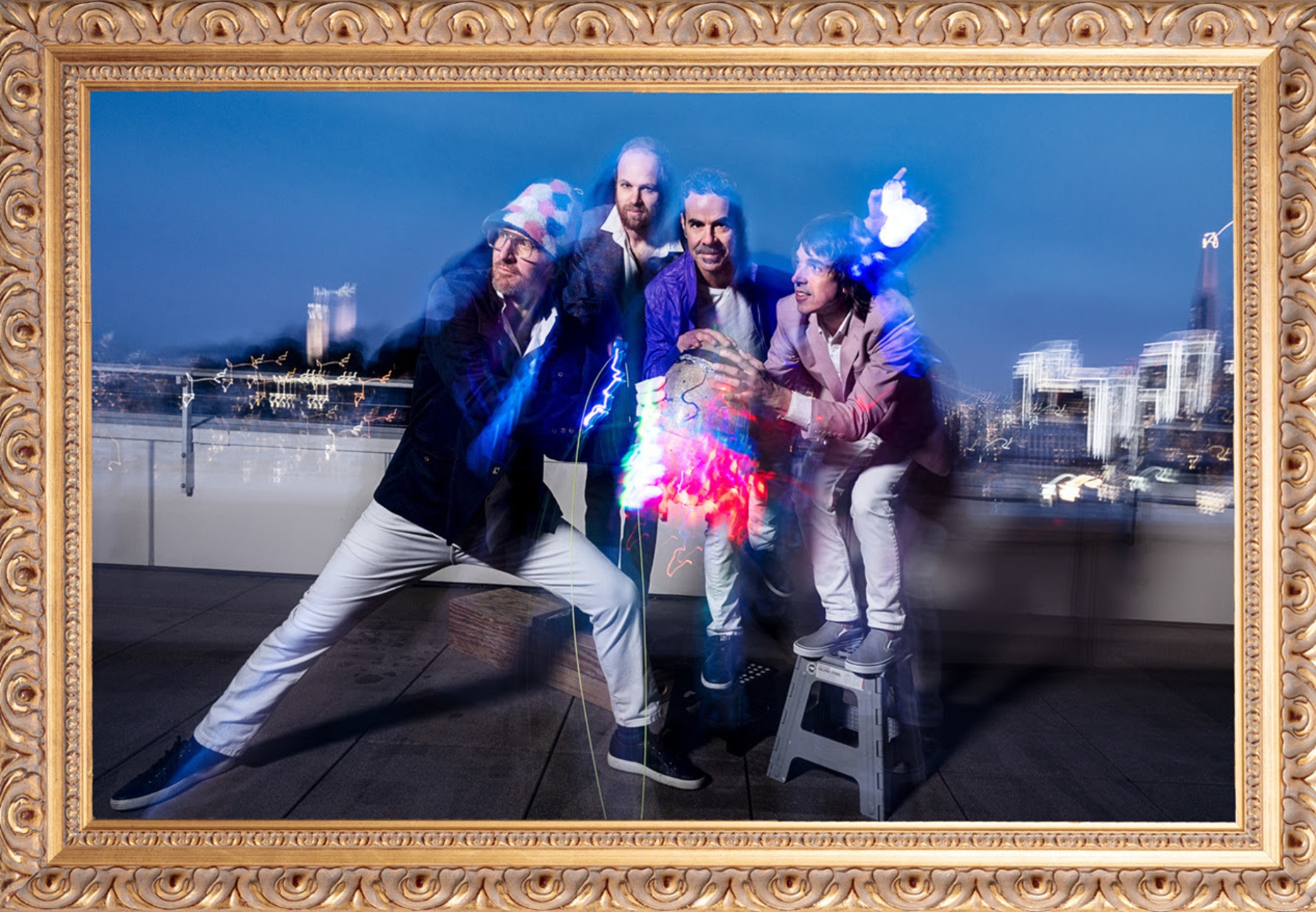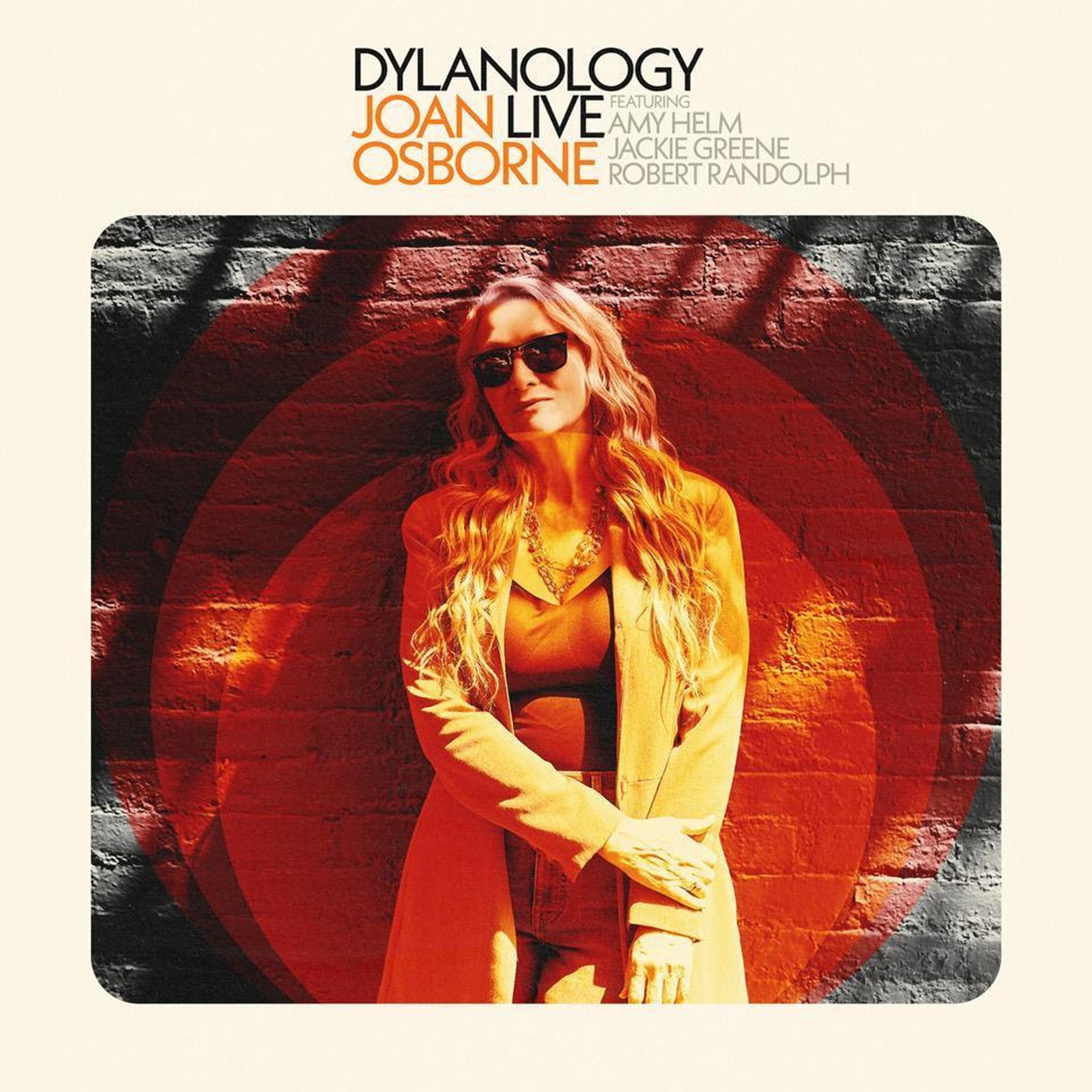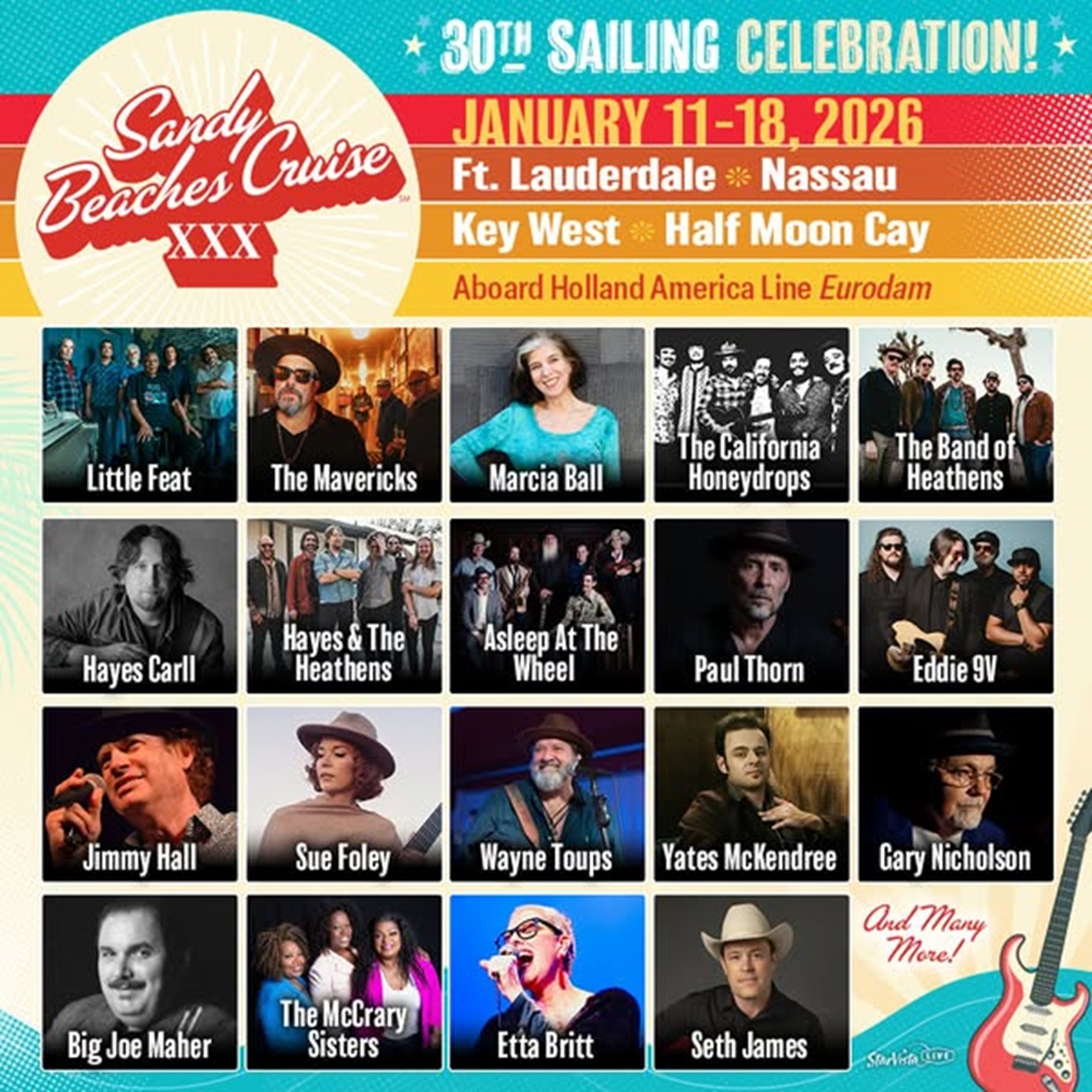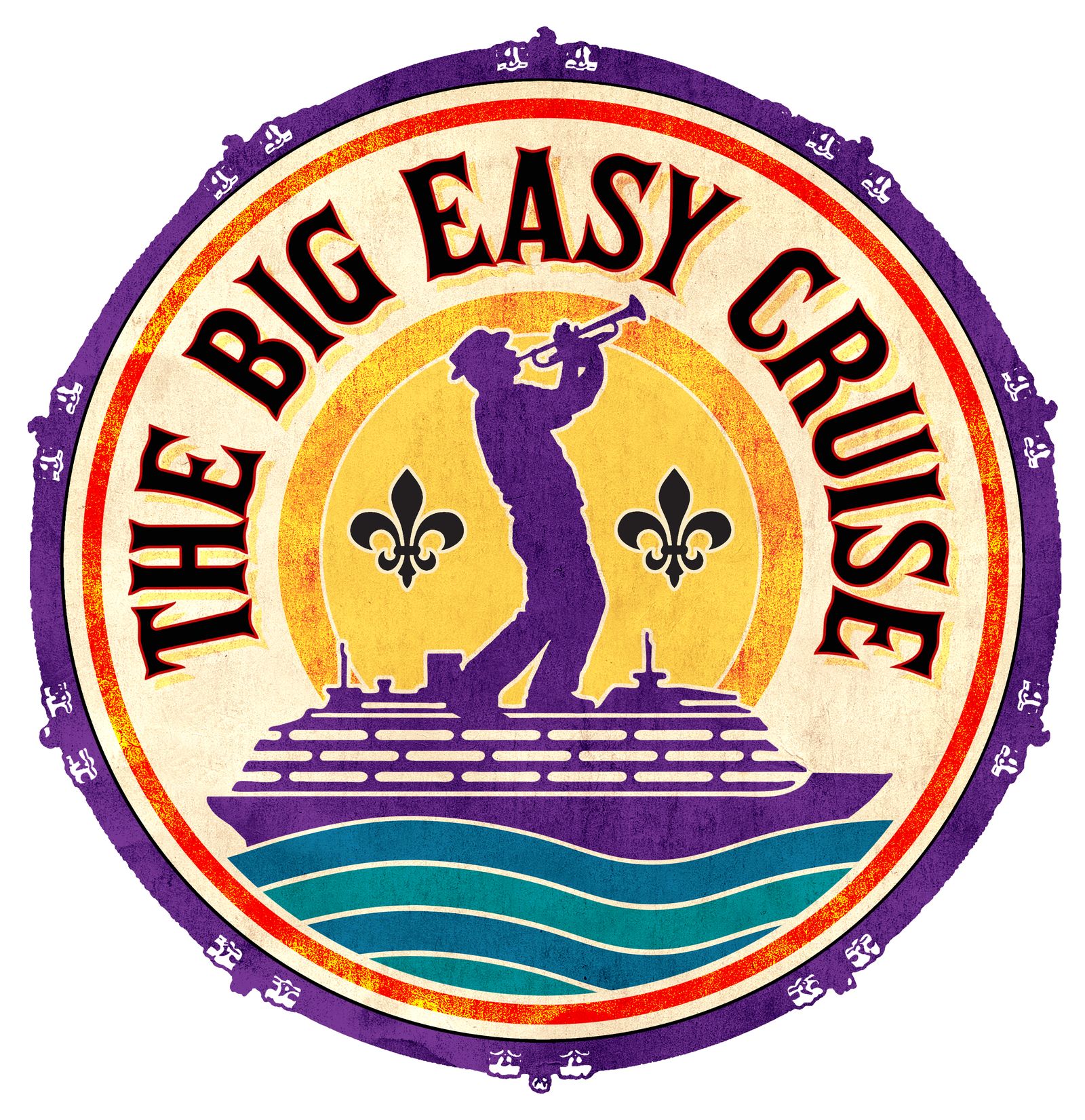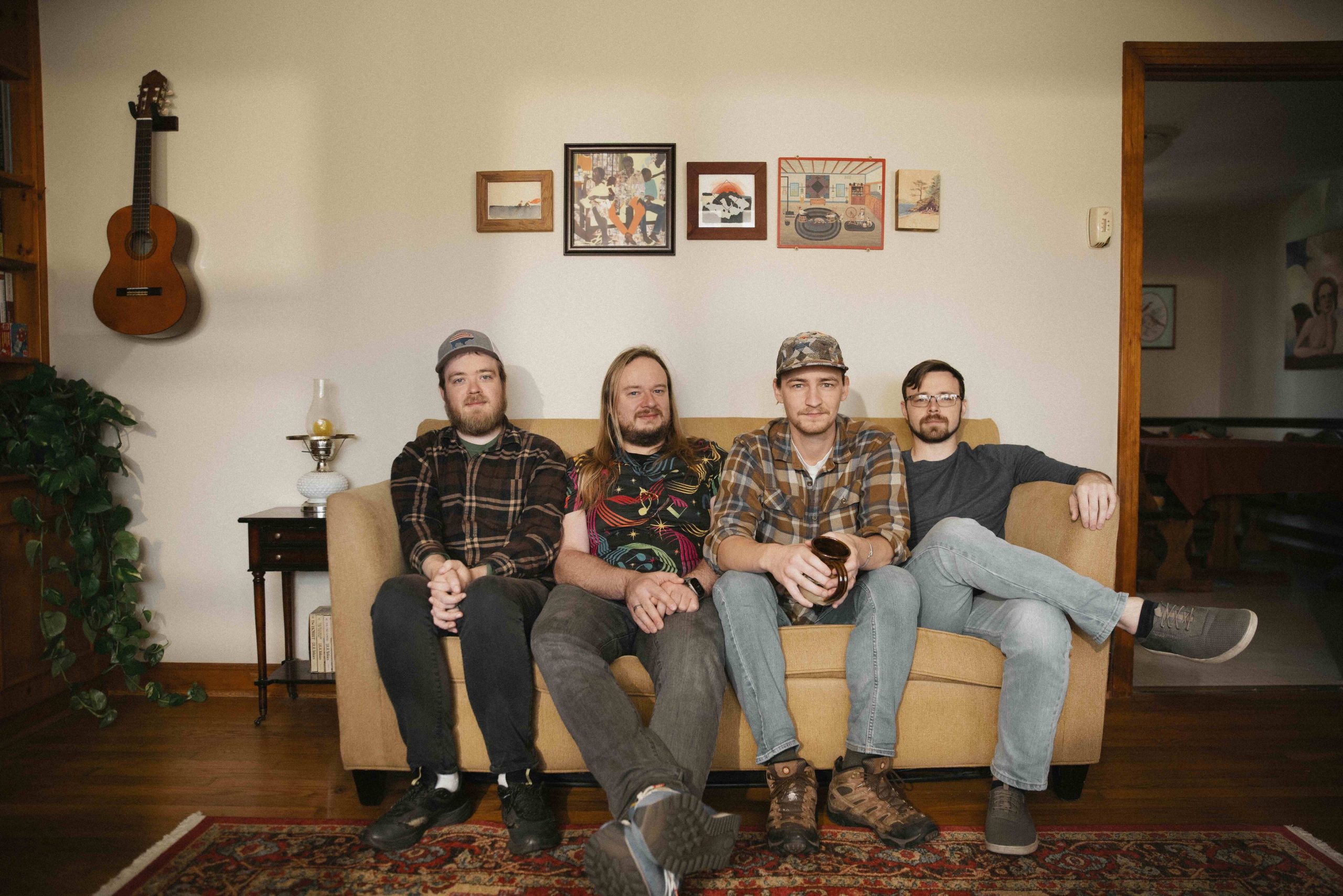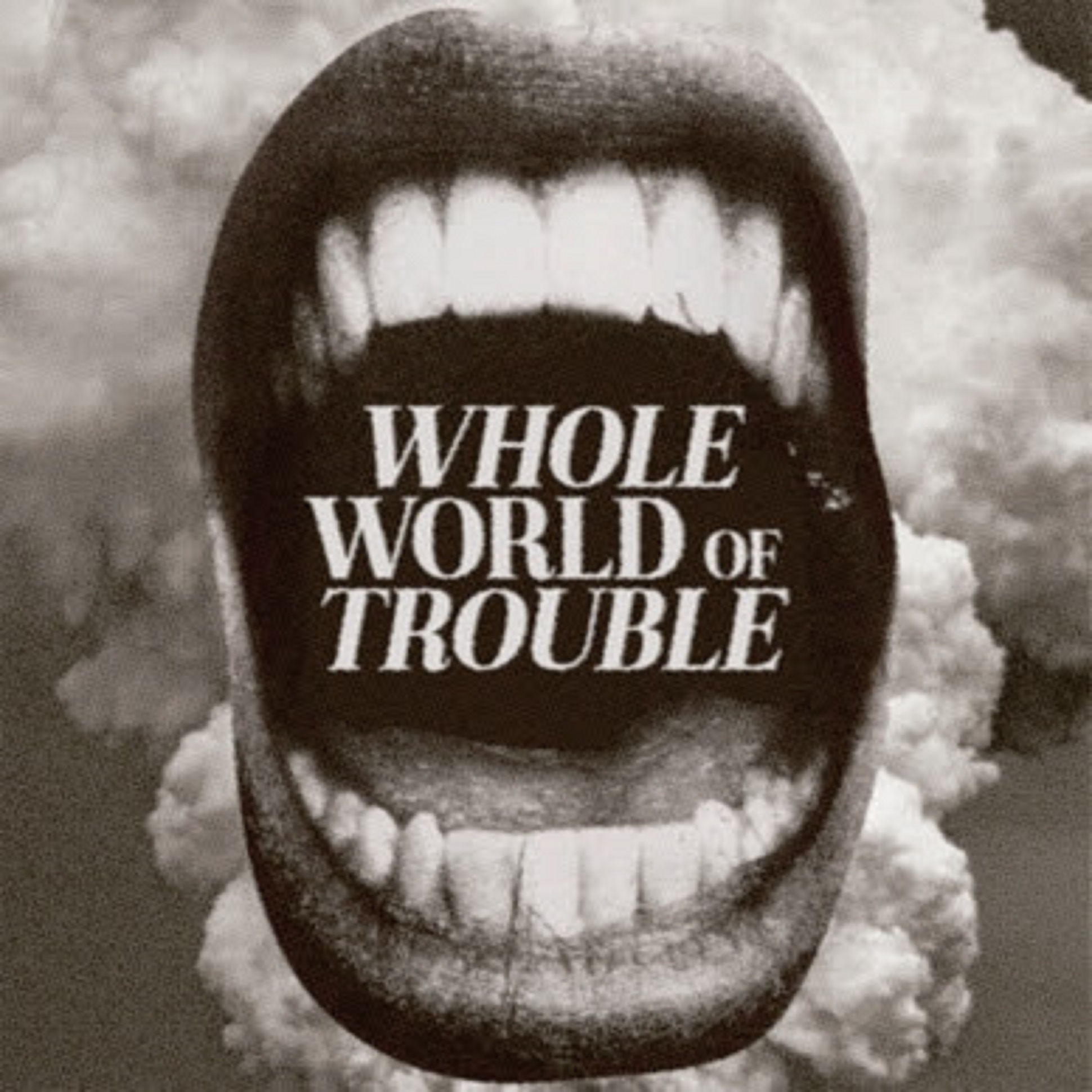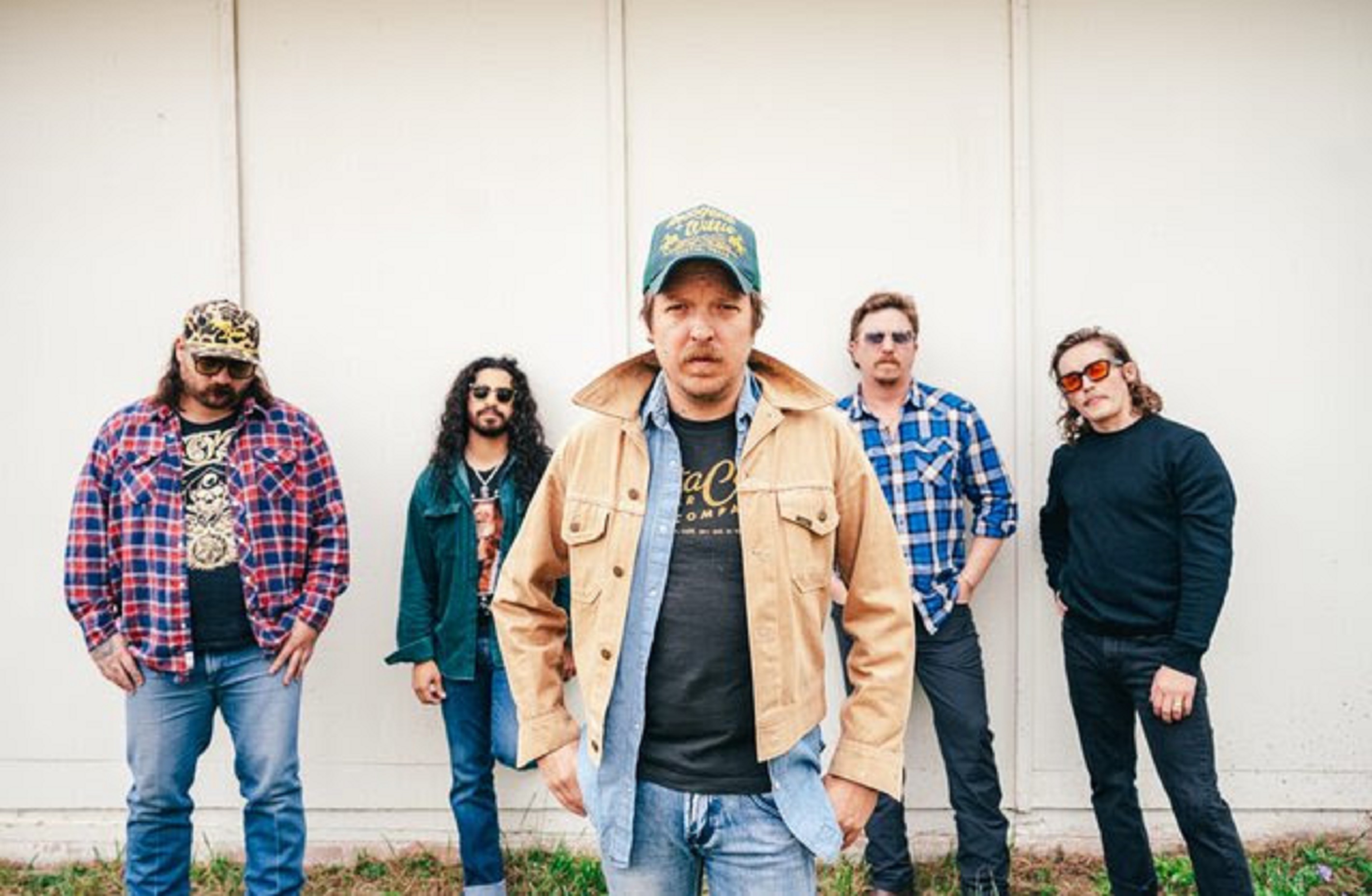Willie Nelson. Waylon Jennings. Kris Kristofferson. Jessi Colter. Bobby Bare. Jerry Jeff Walker. David Allan Coe. Cowboy Jack Clement. Tom T. Hall. Billy Joe Shaver. Guy Clark. Townes Van Zandt. Tompall Glaser. Today, all names synonymous with the word “outlaw,” but 40 years ago they started a musical revolution by creating music and a culture that shook the status quo on Music Row and cemented their place in country music history and beyond.
The Country Music Hall of Fame® and Museum's upcoming major exhibition, Outlaws & Armadillos: Country’s Roaring ’70s, will explore this era of cultural and artistic exchange between Nashville, Tenn., and Austin, Texas, revealing untold stories and never-seen artifacts. The exhibition, which opens May 25 for a nearly three-year run, will explore the complicated, surprising relationship between the two cities.
While the smooth Nashville Sound of the late 1950s and ’60s was commercially successful, some artists, such as Nelson and Jennings, found the Music Row recording model creatively stifling. By the early 1970s, those artists could envision a music industry in which they would write, sing and produce their own music. At the same time, Austin was gaining national attention as a thriving music center with a countercultural outlook. Musicians of varying stripes migrated to Austin, where the disparate strains of country, bluegrass, folk, blues, rock, and conjunto blended to create a unique environment hosted by music–friendly venues such as the Armadillo World Headquarters, Broken Spoke, Soap Creek Saloon and Antone’s.
“Outlaws & Armadillos: Country’s Roaring ’70s offers an unprecedented look at some of the most compelling music and artists in music history,” said museum CEO Kyle Young. “This was an era in which renegades Bobby Bare, Waylon Jennings and Willie Nelson fought for and won creative control of their own songs and sounds. It was a time when melodic poets Guy Clark, Townes Van Zandt and Billy Joe Shaver elevated public perception of what a country song could be. It was a time when the Austin, Texas, music and arts scenes blossomed, and when characters like singer-songwriter Jerry Jeff Walker, Hondo Crouch (who bought his own town, Luckenbach, Texas), armadillo art specialist Jim Franklin and University of Texas football coach Darrell Royal changed Lone Star culture. At the time, some of these things seemed unusual, even insane. Now, they all seem essential to any understanding of this great American art form, country music.”
The Nashville Sound
The rising popularity of rock & roll in the 1950s dealt a severe blow to country music sales. In response, country producers—especially Chet Atkins and Owen Bradley—developed a mellow pop-country hybrid that would become known as the Nashville Sound. By replacing traditional country instrumentation such as fiddle and steel guitar with pop music identifiers like strings, horns and polished backing choruses, the Nashville Sound produced records that were both financially viable and crossover pop hits.
In the Nashville system, a single producer, such as Atkins or Bradley, would oversee as many as twenty artists. This recording model resulted in stylistic similarities among tracks by different artists, sometimes on different labels. Although employed to great effect by labels on Music Row, this formulaic approach to making music left many artists, including Nelson and Jennings, feeling uninspired. “They had a thing called the Nashville Sound,” Jennings said, “and it fit me about like syrup on sugar or something. It just didn’t work.”
Outlaw Movement
The 1960s were a time of political and social unrest, and the music of the day reflected that. Pop and rock artists such as the Beatles and Bob Dylan, eager to respond to social, political and cultural issues, insisted on creative control of their work. They wrote their own songs and chose their studio musicians. They didn’t conform to the rigid expectations of record labels, instead they made folk and rock music that appealed to the growing counterculture.
As explained in the soon-to-close museum exhibition Dylan, Cash, and the Nashville Cats: A New Music City, Dylan’s late 1960s pilgrimage to record in Nashville led to an influx of folk and rock artists who wanted to make records with the “Nashville cats.” Those recordings were just the beginning of a major creative shift on Music Row.
In 1971, following a fire that destroyed his Tennessee pig farm, Nelson headed to Austin, where he found a vibrant arts and music scene, an audience eager to hear his music, and a venue, Armadillo World Headquarters, that would become legendary for hosting performances by Nelson and other forward-looking artists.
Back in Nashville, Bobby Bare and Waylon Jennings fought and won creative control that allowed them to develop their own sound and style, apart from the traditions of the Nashville Sound. When Nelson told them that something truly special was happening in Austin, they followed him west to play the Armadillo.
A Decade of Country Music Rebellion
In 1972, Bobby Bare went into RCA Studio B on Music Row with songs written by Shel Silverstein. He emerged with Lullabys, Legends and Lies, the album that would kick-start what became known as the Outlaw Movement. Jennings and Nelson followed with landmark albums of their own, releasing Honky Tonk Heroes (1973) and Shotgun Willie (1973), respectively.
On New Year’s Eve, 1972, Austin’s KOKE-FM shifted to a format that featured Nelson, Jennings, Michael Murphey, Doug Sahm, Jerry Jeff Walker, and other rabble-rousers who were turning Austin into what Sahm called a “Groover’s Paradise.” Sometimes called “cosmic cowboy music,” and more often referred to as “progressive country,” the blend of diverse musical styles was introduced as a format in 1973 by KOKE-FM disc jockey Joe Gracey and his colleagues. Terry Allen, Asleep at the Wheel, Alvin Crow, Freda & the Firedogs (featuring Marcia Ball), Joe Ely, Jimmie Dale Gilmore, Butch Hancock, Kinky Friedman, Gary P. Nunn and Willis Alan Ramsey are among the others who made Austin’s laid-back musical landscape famous throughout the nation.
Willie Nelson’s annual Fourth of July music festival began in 1973 at Dripping Springs, Texas, near Austin, and was staged in subsequent years at other Texas locations. It heightened Austin’s musical profile further and united musicians as diverse as Leon Russell and Roy Acuff. The long-running television performance series Austin City Limits was launched in 1975 to give the city’s music broader exposure.
The Outlaw phenomenon greatly increased country music’s audience during the 1970s. It ushered in a creative renaissance that eschewed the Nashville Sound, and artists wrote and produced their own records, often recording outside Nashville. They adopted the dress and hairstyles of rock & roll stars and wrote candidly about truths and topics that were not widely heard on country radio.
In 1976 RCA released the compilation Wanted: The Outlaws featuring Nelson, Jennings, Jessi Colter and Tompall Glaser. The album became the first country record to be certified platinum, for sales of a million copies. Younger listeners paid attention to country music, but drug and alcohol abuse, often viewed as Outlaw credentials, created health and legal issues for those who chose the lifestyle. Jennings expressed second-thoughts about the consequences of living on the wild side of life in his 1978 song “Don’t You Think This Outlaw Bit’s Done Got Out of Hand.”
Remarkable music was produced in both Texas and Tennessee. That music motivated and influenced many of today’s Americana and country artists, such as Dierks Bentley, Jack Ingram, Jason Isbell, Miranda Lambert, Kacey Musgraves, Margo Price, Sturgill Simpson and Chris Stapleton. The Outlaws exhibit will feature film content, including exclusive interviews and concert footage, by Austin-based filmmaker and exhibit co-curator, Eric Geadelmann, as well as visual art from Austin’s underground. Through untold stories and never-before-seen artifacts, the museum will examine these country music rebels who propelled Austin and Music Row to a modern age while revealing that “outlaw” is just another word for “freedom.”
Outlaws & Armadillos opens May 25, and runs through Feb. 14, 2021. It will be accompanied by educational programs, including live performances, panel discussions and films. Details will be announced soon. The museum will produce a companion book that will be available May 25. In addition, the museum in partnership with Legacy Recordings, a division of Sony Music, will release CD and LP sets featuring music by artists included in the exhibition. Release dates will be announced soon. The exhibition follows the nearly three-year run of Dylan, Cash and the Nashville Cats: A New Music City, which closes Feb. 18. For more information about the exhibit including video, visit countrymusichalloffame.org/outlaws.






